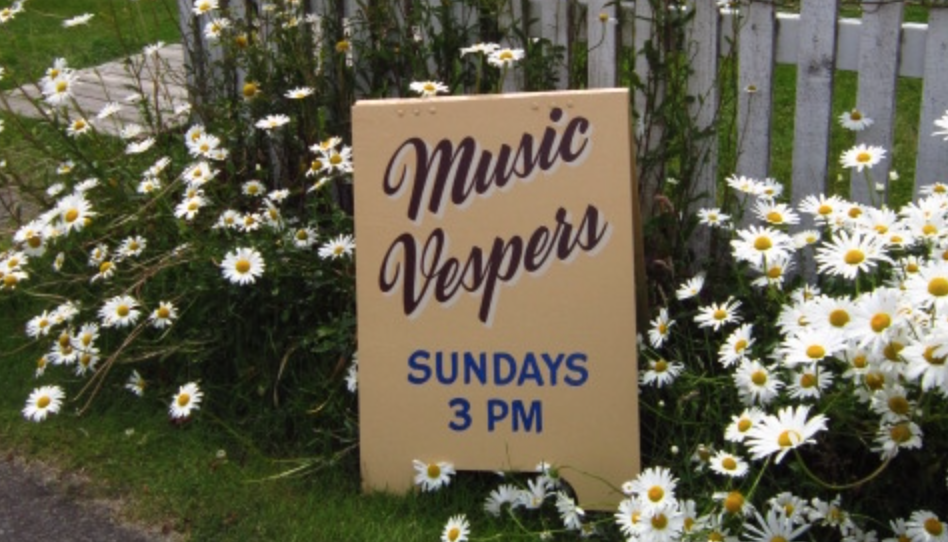Coast Chronicles: The Birds, the Bees and the Snakes
Published 10:26 am Tuesday, May 24, 2016

- Distinctive tracks of a sidewinding snake are left behind in the desert sand.
All last week I worked in the garden amidst the glories of the natural world. Pulling out ornamental grass — which chose this year to take over every flower bed — got me close to the ground when I wasn’t resting and looking up at the sky. I found myself taking special note of all the friendly Peninsula creatures beside me — how they live and move from one place to another.
I have at least one resident garter snake — named after those colored bands, or garters, encircling its body. We have two types in our region: the Common Garter Snake (Thamnophis sirtalis) generally sports light colored stripes with red along their sides and heads. They’re not dangerous; if disturbed their first move is to quickly wind away into the bushes. We also have the Northwestern Garter Snakes (Thamnophis ordinoides). These guys are smaller and have two yellowy stripes along their bodies against a darker background. They are only terrestrial and eat mostly slugs or worms. By October, snakes head for a burrow with others of their tribe for the winter, but now they are come out sunning near where they’ve wintered over.
Last year, I always knew where to find one of my snakes — she (he?) was always lying just under the lid of my black plastic compost bin of weeds. She would squiggle away when I lifted the lid.
Snakes have several methods of locomotion; generally they move by flexing their muscles and using their scales to grip a surface. A snake would have a hard time doing a lateral undulation or “serpentine method” on any smooth surface like glass. Another kind of snake movement is “concertina” in which a snake pushes itself from behind and extends out like an accordion expanding; then it folds up and reaches forward again.
We’ve all seen “sidewinding.” This is the twirly-swirly motion a snake makes moving uphill through sand. And a snake can also push/pull itself straight forward using the grip of its scales, called the “rectilinear method.”
Who knew our friendly snakes, even without legs, had so many options for movement?
Caterpillars and centipedes have, on the other hand, scads of legs. They creep along wriggling each pair of legs so that a ripple goes throughout the entire length of their bodies. The caterpillar I took off my stairs for a safer travel experience was also capable of walking straight up the patio railing. A good trick; they must have little hooks on their many feet.
One caterpillar trait is astounding and shows, again, what our human big-headed egos have ignored for centuries — i.e. that all creatures on earth have intelligence for living their lives. Here it is: a caterpillar keeps its caterpillar-memory even as a butterfly. When it goes into its larval stage every part of its brain and body is turned to primordial goo but somehow its memory is retained. (Here are a couple versions of “Butterflies remember their caterpillar days”: tinyurl.com/Wired-Caterpillars and tinyurl.com/Caterpillar-Days)
This was proven by putting caterpillars in a box, giving them first a whiff of stinky ethyl acetate and then a small electric shock. Even after those caterpillars disappeared in their pupal chambers and appeared in winged-form, they remembered and avoided the smell of ethyl acetate.
In other intelligence news, scientists at the University of Washington are experimenting with the Aedes aegypti mosquito; these are the nasty ones that carry the Zika virus and other diseases. I can’t tell the whole mind-boggling story but suffice it to say they are doing brain-scans — yes, brain-scans — of tiny mosquito heads and finding out how mosquitoes learn. Not if, but how. Some mosquitoes live for two years and figure out a lot of things over that time: like what’s the best environment for them; who has the best blood to suck; and where these victims can be found. (Read about Chloe Lahondere and Clement Vingauger and their story at tinyurl.com/Zika-Love).
We all know bees possess tribal smarts but even our solitary mason bees are clever. They’ve been swarming blue- and early-blooming flowers in my garden, bouncing from bloom to bloom. I planted two large ornamental lupine but these special hybrids, though showy, do not accommodate bees. The big mason bees land on these gorgeously inviting blooms but then poke and poke at the petals without gaining entry. I hate frustrating my bees. I’m putting in more natives for my bees and taking out these hybrids.
Doesn’t everyone have dreams about being able to fly? I know I do. Usually I’m flying with a modified breast stroke. I kick up off the earth and gain altitude quickly. If I’m lucky, once I’m airborne, I float to great heights and then can get around by just adjusting the slope of my arms, the way those gulls do that surf across the Megler Bridge on the updrafts. Scientists are discovering that birds have amazing brains. Their songs are compelling and complex; their mating habits startling; their problem solving abilities extraordinary. “Bird brain” is a concept so far from the truth. We know crows can recognize faces and also pass on the knowledge to their young if a particular human has been nasty to them.
This week I read “Wesley the Owl; The Remarkable Love Story of the Owl and His Girl,” by Stacey O’Brien. I couldn’t be angry with her even though there were parts of Stacey’s parenting that I could not condone. Wesley had nerve damage to one wing and wouldn’t be able to live in the wild, so he adapted to an indoor existence. Stacey’s book documents the amazing relationship they had over 18 years, until he died. They had a special language and rituals that soothed both of them. Since he wasn’t able to hunt, late in Wesley’s life, he needed his beak filed and talons trimmed. Stacey discovered that telling Wesley what she was going to do to help him and when she was going to do it allowed him to accept this unusual but needed treatment. (You can get the barest glimpse of this partnership at www.youtube.com/watch?v=vufEqpZZql0)
The world around us is so much more complex and fascinating than we have ever imagined. Every pet owner knows that each creature has its own unique personality. Jane Goddall showed us that primates make and use tools, have personalities, mourn and experience joy. Even paper wasps can identify the faces of their kin.
We’re in the middle of a revolution in our understanding of creature intelligence and animal rights that cannot come too soon. You can see it by just looking around your yard.





